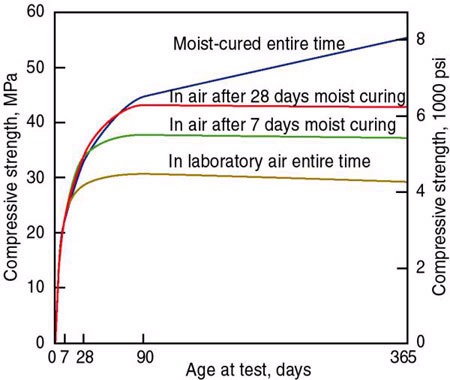- Joined
- 22 Jul 2016
- Messages
- 6,017
- Reaction score
- 1,119
- Country

I want to cast a shape in concrete. It will be about 12" square and 24" long
My idea is to make a mold in (building?) sand - wetted or possibly mixed with a tiny bit of cement to help hold the shape. I am ok about the top being rough- just the sides and bottom (of the mold) need to be "ok". ..... line with tinfoil or polythene?
A decent finish would be preferable on the outside, I can add a rougher mix inside (or not) if it helps with strength. I'd add a bit of mesh or rebar into the centre of the mix, so mix a layer plastered on the sand surface and followed by the rougher mix while still wet?
Once full, I can leave the mold to dry for a week/2 ? covered with poly? Covered with wet sacking? I believe that spraying concrete after taking it from the mold would make it harder?
How long? wrap it in poly?
Thanks
My idea is to make a mold in (building?) sand - wetted or possibly mixed with a tiny bit of cement to help hold the shape. I am ok about the top being rough- just the sides and bottom (of the mold) need to be "ok". ..... line with tinfoil or polythene?
A decent finish would be preferable on the outside, I can add a rougher mix inside (or not) if it helps with strength. I'd add a bit of mesh or rebar into the centre of the mix, so mix a layer plastered on the sand surface and followed by the rougher mix while still wet?
Once full, I can leave the mold to dry for a week/2 ? covered with poly? Covered with wet sacking? I believe that spraying concrete after taking it from the mold would make it harder?
How long? wrap it in poly?
Thanks


